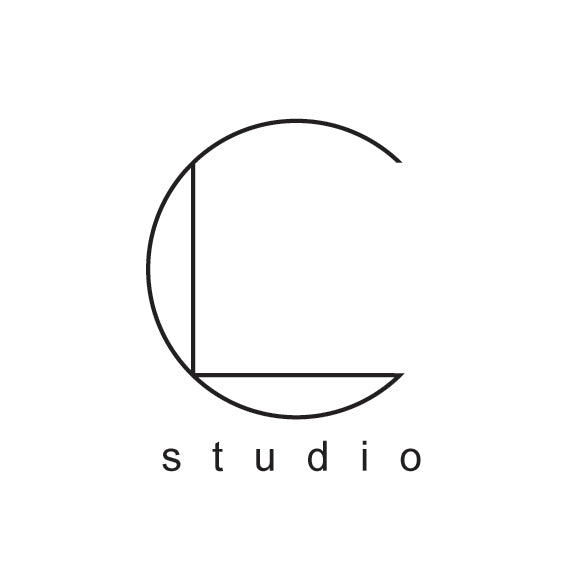CL Studio
Tufting Berlin / CL Studio is a creative studio independently led by artists Sungeun Claire Choi and Wonek Lee. Both artists hold BFA and MFA degrees in Photography and Media Installation from HFBK Hamburg. While their practices remain distinct, each discovered tufting as a medium in 2021 and became independently captivated by its tactile immediacy and expansive creative possibilities. Since then, tufting has emerged as a central component within their respective artistic explorations, expanding the boundaries of their individual practices.
In her recent Painting Sketch series, Sungeun Claire Choi offers viewers a visual terrain built from richly textured and layered textile compositions. With gestural lines that appear intuitively drawn, her work creates a network of paths and spatial pockets that slowly unveil themselves. The longer one observes, the more intricate and organic this web becomes—like navigating a secret garden. The motif of the garden plays a pivotal role in Choi’s practice, functioning as a symbol of quiet resistance: a space of growth and contemplation in contrast to the increasingly accelerated, hyper-technological urban environments we inhabit.
By contrast, Wonek Lee approaches tufting through the conceptual framework of his media installation work. He is drawn to the inherent characteristics of digital media—its disembodied coldness, its detachment from time, its ungraspable and floating presence. These qualities often dominate our contemporary digital experience, generating a sense of dissociation. Tufting, for Lee, provides a striking counterpoint: it is physically grounded, tangible, and immediate. The softness, warmth, and visible process of the medium introduce a material honesty that is often absent in digital contexts. In his installations, these two sensibilities—the untouchable nature of the digital and the intimate tactility of tufting—are brought into dialogue. Sometimes they clash, at other times they find surprising harmony. It is in this tension that Lee locates a new conceptual space: one where materiality and immateriality do not simply oppose one another, but co-construct a more nuanced understanding of perception, presence, and temporality.
While their practices remain distinct, both artists reveal the potential of tufting not just as craft but as a conceptual tool—one that traverses boundaries between the visual and the haptic, the constructed and the intuitive, the digital and the deeply human.








